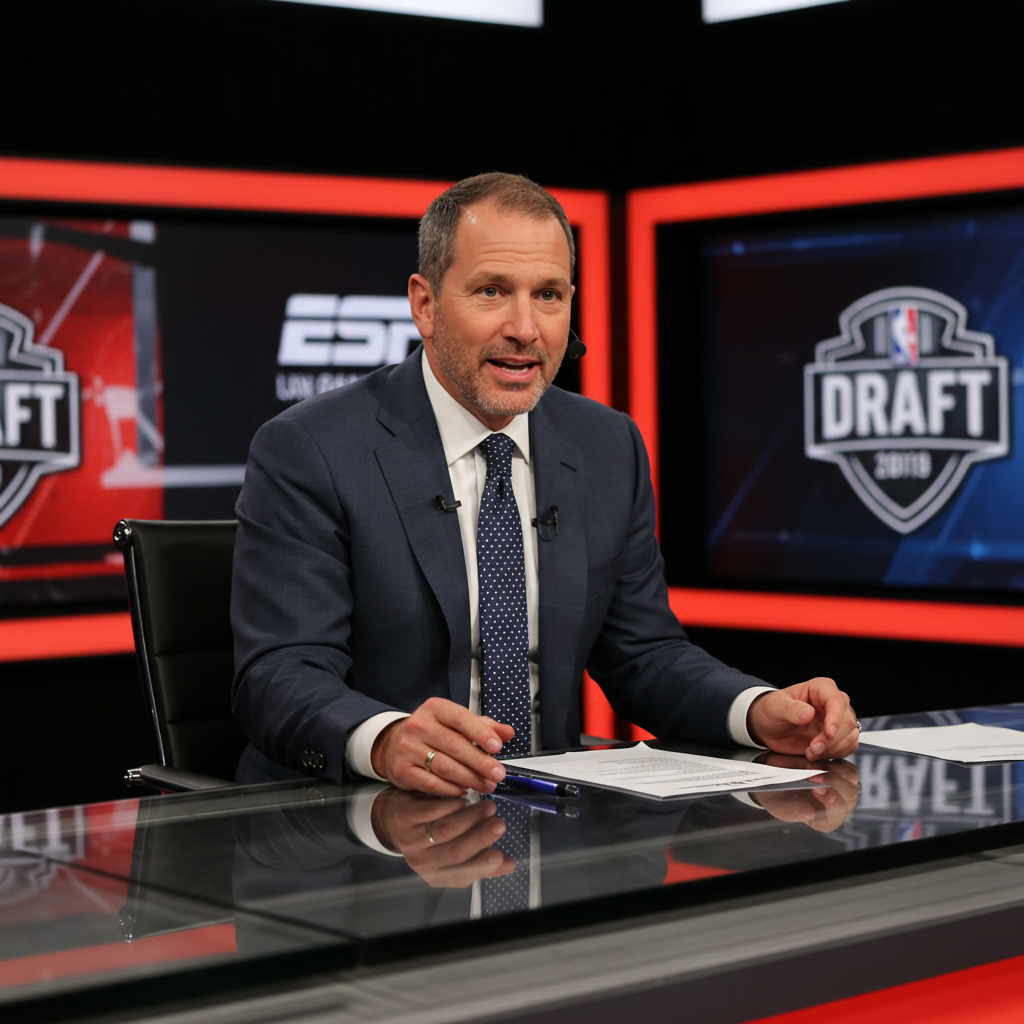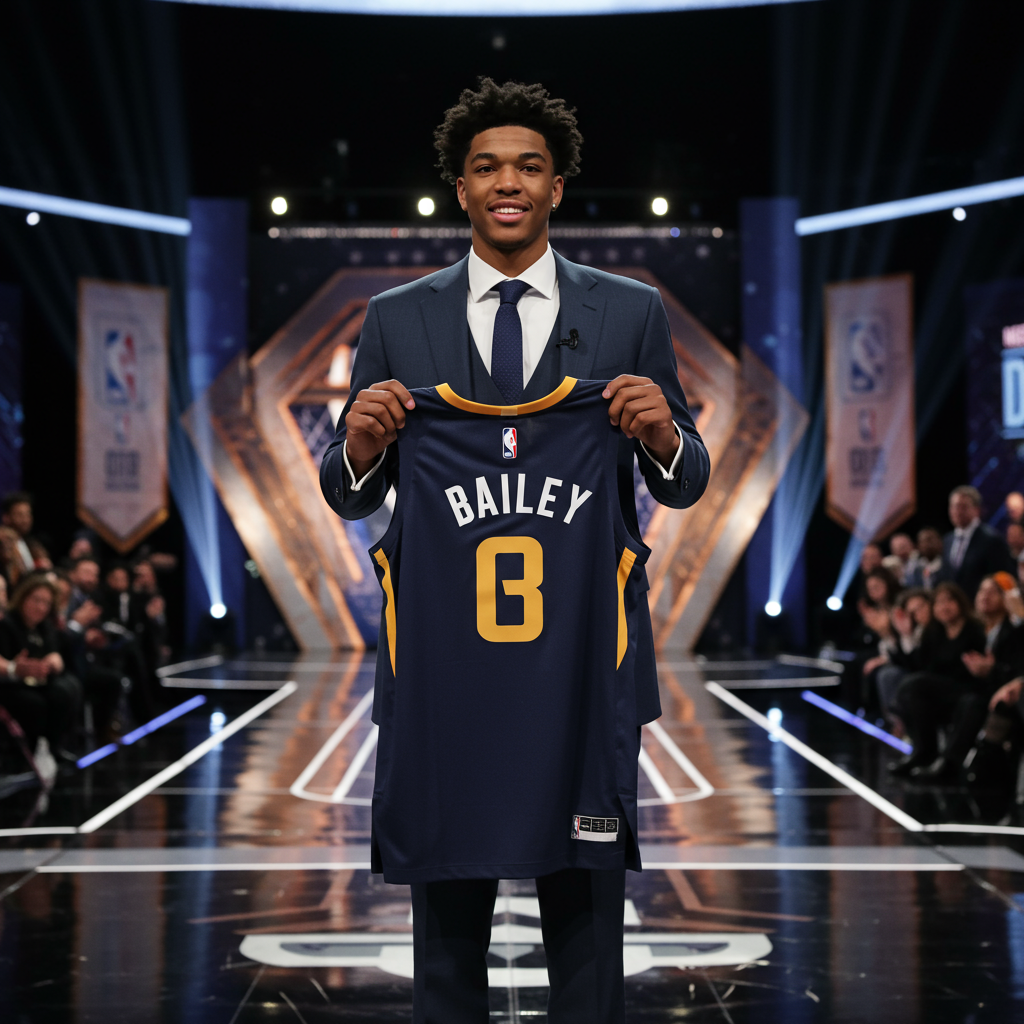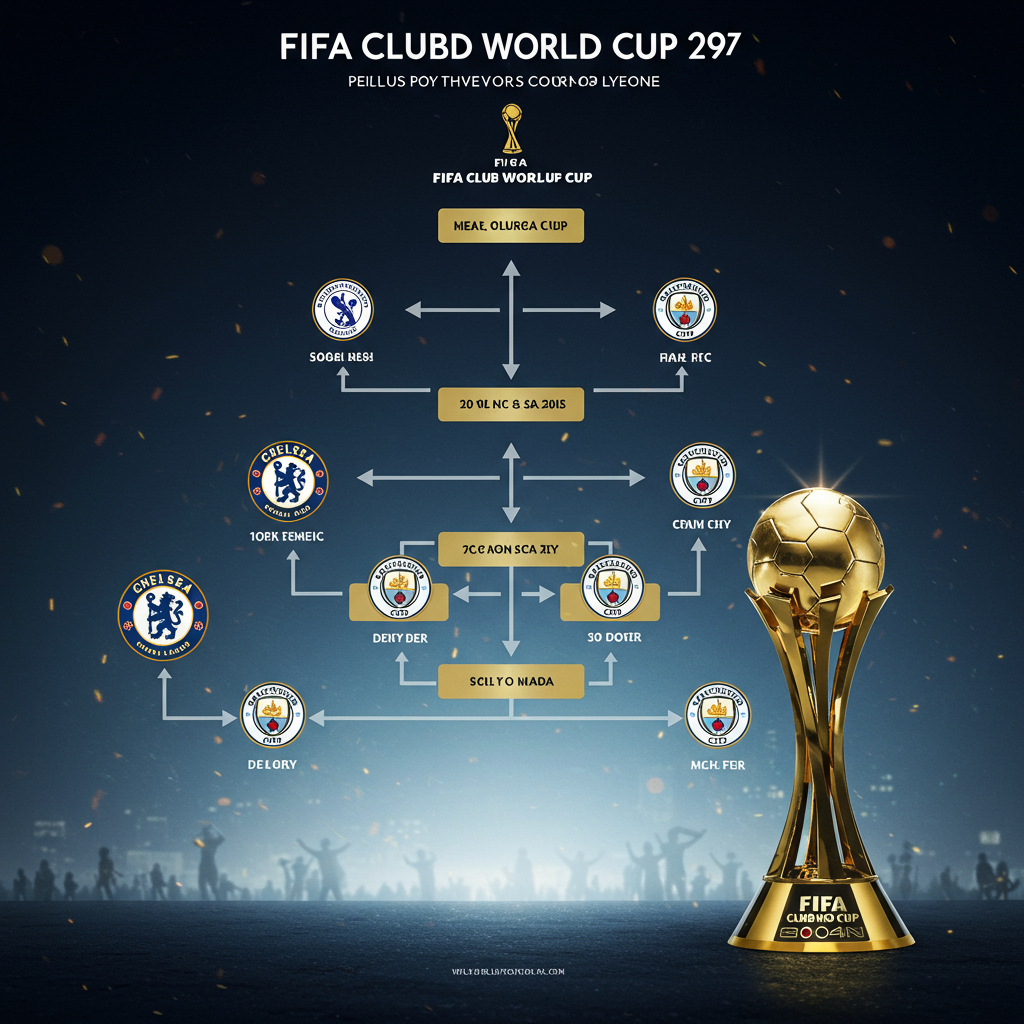After more than two decades covering the NBA Draft from the main desk for ESPN, I’ve gained immense respect for the unpredictable nature of the process. Sitting here ahead of the 2025 draft, my 23rd consecutive year, I’m reminded that predicting future NBA success is far from an exact science.
We’ve seen it time and again: players drafted outside the top few picks blossom into MVPs and All-NBA talents, defying initial projections. Who foresaw Shai Gilgeous-Alexander becoming an MVP after being drafted No. 11? Or Jalen Brunson reaching All-NBA status from pick 33? The truth is, nobody knows for sure how these young careers will unfold. All we can do is form a belief based on what we see.
While every draft holds surprises, the 2025 class features a prospect widely considered as close to a “sure thing” as we’ve seen in recent memory. Beyond that, this group is seen by many as a deep class overall, with various players possessing traits that make NBA evaluators believe in their potential.
Here are some players in this 2025 NBA draft class that I genuinely like and believe have the tools to succeed at the next level.
The Consensus #1: Cooper Flagg
Simply put, this is the Cooper Flagg Draft. If any of the 30 NBA teams held the top pick, it’s hard to imagine them selecting anyone else. Flagg stands out as the most complete player in this draft class and, in my opinion, the best freshman Duke has ever produced.
While he has areas for refinement, few prospects I’ve scouted over the past 30 years check as many boxes as Flagg. At 6-8 with a 7-0 wingspan, he possesses elite physical tools for his position. He’s athletic, long, moves his feet well laterally, and has good speed. Defensively, his awareness is top-tier, leading to steals and blocks, and he excels on the boards.
Offensively, Flagg is an elite transition finisher and playmaker. He’s a terrific driver, finisher, and an excellent cutter. Early concerns about his perimeter shooting have largely been addressed, as he shot 44% from deep in ACC play and nearly 39% last season overall. While tightening his handle is a developmental step, his shooting is no longer a primary weakness; it’s simply not the headline skill.
I believe Flagg has All-NBA potential, and if he stays healthy, I don’t see him failing in the NBA. He’s just different. Beyond his impressive skills and measurables, Flagg is among the most competitive players I’ve encountered at his age. While many prospects are competitive, he’s on the absolute highest tier. At only 18, his maturity transcends his years, often exceeding that of prospects several years older in this draft. Flagg plays the right way, prioritizing making the correct play over seeking individual stats, which paradoxically leads to impressive numbers across the board.
Elite Perimeter Threats: The Shooters
Every NBA team craves reliable perimeter shooting, and this draft offers some excellent options. Freshmen Tre Johnson of Texas and Kon Knueppel of Duke are two standouts in this category.
Tre Johnson
Johnson profiles as the better shotmaker and athlete between the two. Blessed with a 6-10 wingspan, he led the SEC in scoring, averaging 19.9 points per game, and demonstrated impressive deep range by hitting 89 three-pointers last season at a 39.7% clip. Despite his length and physical gifts, his defensive impact wasn’t consistently at the expected level, but his speed and agility are promising assets for the NBA game.
Kon Knueppel
Knueppel is arguably the best pure catch-and-shoot guard available. In his freshman year at Duke, he connected on nearly 41% of his deep attempts, sinking 84 threes. His remarkable accuracy extended to the corners (48%) and the free-throw line (91.4%). While questions exist about his defense and physical tools, he’s not a liability and consistently contributes through effort plays like securing loose balls.
High-Value Role Players: The 3-and-D Specialists
Length and defensive versatility are increasingly paramount in the modern NBA. Players who can guard multiple positions, switch effectively, disrupt passing lanes, and generate steals and blocks are invaluable. Add a consistent perimeter shot to that profile, and you become highly coveted. This year’s draft features several intriguing 3-and-D prospects who, while perhaps flying slightly under the mainstream radar, will be hotly pursued on draft night.
Carter Bryant
Expected to be the first off the board in this group, Carter Bryant from Arizona is an outstanding athlete. He finished near the top of the combine testing in both vertical leap and sprint time. He combines this athleticism with good size and impressive length. Bryant showed he can hit a standstill three, with almost half his points last season coming from made threes, and a significant 82% of his attempts being either catch-and-shoot threes or finishes at the rim.
Rasheer Fleming
Saint Joseph’s forward Rasheer Fleming, with his excellent versatility and a remarkable 7-5 wingspan, fits the mold perfectly. He’s a multi-positional defender and floor spacer who knocked down 62 threes at a solid 39% efficiency. Fleming shows good shot preparation, changes ends of the floor exceptionally well, and is an outstanding rebounder for his size.
Cedric Coward
The “mystery man” of the group is Washington State’s Cedric Coward. His journey took him from Division III to Eastern Washington and finally to Washington State. Though he played only six games for the Cougars, he delivered explosive scoring performances, including a 30-point outing. While not as tall as Fleming, Coward possesses a significant 7-2 wingspan, impressive speed, strength, and sharp instincts on both ends of the court. His combine performance was stellar, placing in the top 6 in sprint, vertical leap, and standing vertical leap.
High Upside, High Risk: The Wild Cards
Based purely on raw talent and upside potential, Dylan Harper and Ace Bailey might rank No. 2 and No. 3, respectively, in this class. However, questions linger because the talented duo played together at Rutgers on a team that finished with a losing record (15-17 overall, 8-12 Big Ten). While it’s fair to analyze why they didn’t contribute more to winning outcomes, particularly with a point guard as talented as Harper, I doubt their team’s record will significantly impact their draft stock.
Dylan Harper
Harper is, to me, the second-best overall prospect in the draft. He’s a long-armed, three-level scorer who arrives as a polished offensive player. His footwork is excellent, making him a skilled shot creator. Harper is particularly effective in pick-and-roll situations, showing great reads and decision-making. While not yet a consistent deep shooter (33% from three), his mechanics are sound, and he is known as a hard worker. Despite his length and build, he needs to become a more impactful defender. Given his talent and skill profile, it’s hard to see any team passing on him at No. 2, even if they need shooting, which isn’t currently his strength.
Ace Bailey
Ace Bailey represents the high-risk, high-reward end of the spectrum. Few players in this draft possess a higher ceiling or can match his shotmaking ability, particularly on tough, contested pull-up jumpers. He demonstrated his scoring potential with massive outings like 39 points against Indiana and 38 against Northwestern. Questions about his maturity have surfaced, but it’s important to remember he’s only 18 years old. His undeniable talent suggests he won’t fall far, likely landing anywhere from pick No. 3 to No. 8.
Ultimately, the draft remains a fascinating puzzle of projection and potential. While predicting future success is challenging, these eight prospects possess traits that make them stand out and inspire confidence in their NBA future.




